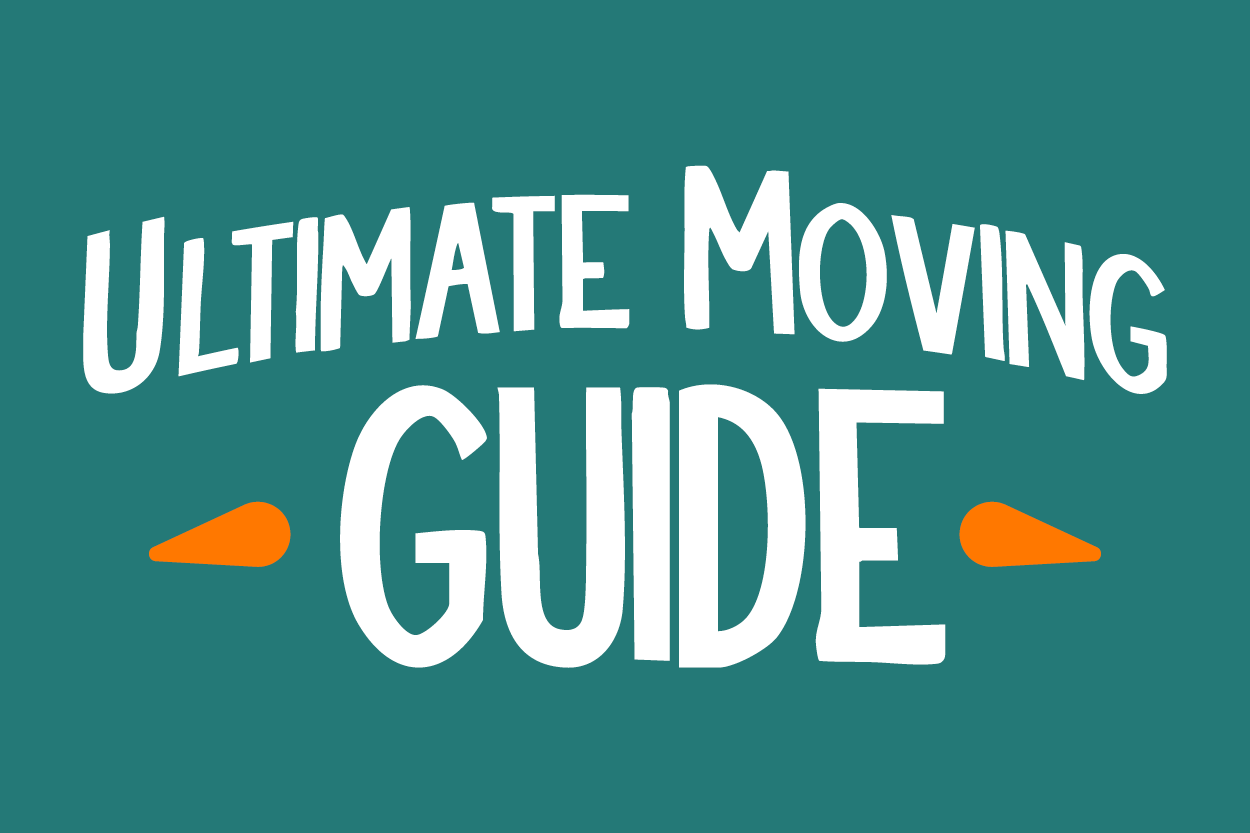When preparing for a move, not every item needs to be boxed. While fragile glassware, electronics, and small loose items benefit from boxing to avoid damage, there are other packing alternatives to consider. Using boxes helps organize belongings, protect items during transit, and make the loading process more efficient. However, alternatives such as plastic bins, suitcases, and baskets also provide effective packing solutions. Fragile items can be safely transported using padding like bubble wrap, blankets, or towels no boxes required. Understanding when to box items and when to opt for alternatives is crucial for a successful and efficient move, especially if you're hiring Greenville movers who can adapt to your packing preferences.
What Should Be Boxed for Moving?
While not everything needs to be packed in boxes, certain items should be securely boxed to ensure safe transport. These include:
- Fragile Glassware and Stemware: Delicate items like crystal, wine glasses, and glassware should always be packed in boxes with sufficient padding to prevent breakage.
- Electronics: Laptops, tablets, TVs, and other electronic devices require proper boxing to protect them from potential damage during the move.
- Small Loose Items: Jewelry, important documents, and keys should be packed in boxes to avoid loss or misplacement.
Boxing up these essential items will ensure they arrive at your new home undamaged and easy to find once you unpack.
Why Should You Use Boxes for Moving?
Using boxes during your move offers multiple benefits, making the process safer and more organized. Here’s why:
- Enhanced Organization: Boxes help categorize belongings, making it easier to locate and unpack items in your new space.
- Protection: Properly packed boxes provide extra protection, minimizing the risk of damage during transportation compared to loose or unprotected items.
- Efficient Loading: Boxes stack neatly, maximizing space inside the moving truck or storage unit, which allows for quicker, more efficient loading and unloading.
Sustainable Alternatives to Cardboard Boxes
While cardboard boxes are commonly used, there are eco-friendly and practical alternatives to consider for a more sustainable move:
- Plastic Bins: These sturdy, reusable containers offer great protection and reduce the need for disposable boxes.
- Suitcases and Duffel Bags: Ideal for clothing, linens, and soft goods, suitcases and duffel bags also offer extra protection for your belongings.
- Storage Baskets: Perfect for organizing smaller items, storage baskets ensure that items remain easily accessible while packed securely.
- Vacuum-Sealed Bags: For compressing bulky items like bedding or clothes, vacuum-sealed bags save space while keeping items compact and protected.
These alternatives provide flexibility in how you pack your belongings and can make the moving process both easier and more sustainable.
How to Pack Fragile Items Without Boxes
Not all fragile items need to be packed in boxes. With the right padding materials, you can keep delicate items safe without the use of cardboard. Here are some effective packing techniques:
- Bubble Wrap: Wrap fragile items, such as glassware or figurines, in several layers of bubble wrap to absorb any impact during transit. Tape securely to prevent unwrapping.
- Packing Peanuts: Fill a sturdy container with packing peanuts and carefully place fragile items inside. This creates a cushion to protect them from movement and damage.
- Blankets or Towels: Soft materials like blankets or towels can wrap fragile items, preventing scratches and minimizing shock. Use rubber bands or twine to hold the wrap in place.
These methods ensure your items are well-protected without the need for boxes.
Guidelines for Moving Unboxed Items
When moving items that aren’t packed in boxes, it’s essential to follow certain guidelines to prevent damage. Here's how to manage unboxed belongings effectively:
- Wrap Items in Protective Materials: Secure fragile and sharp objects with bubble wrap, blankets, or towels.
- Cover Sharp Edges: Ensure that items with sharp edges, like tools or kitchenware, are padded to avoid injury or damage to other belongings.
- Secure Items in the Moving Vehicle: Use straps or bungee cords to prevent large unboxed items from shifting during transport.
- Add Soft Padding Between Items: Place soft items like cushions or blankets between larger unboxed items to reduce the chance of scratches or dents.
- Communicate Special Care Needs: Always inform your movers about any unboxed or fragile items to ensure they handle them with extra care.
These steps help ensure that unboxed items arrive safely at your new home.
Effective Communication With Movers
Clear communication with your movers is essential for a smooth and stress-free moving experience. Here are some tips to ensure everything goes according to plan:
- Provide a Detailed Inventory: List all items, particularly fragile and high-value ones, so movers know what to expect.
- Specify Special Instructions: Be sure to communicate any specific handling instructions for sensitive or large items.
- Discuss Logistics: Confirm moving details such as parking availability, building access, and the timing of the move to avoid any surprises.
By keeping the lines of communication open with your movers, you can reduce the likelihood of mistakes and ensure your items are handled properly throughout the process.
🐰 Contact the Rabbits
Have questions or ready to hop into your next move? We're here to help!
📞 Call Us: (864) 860-2424
📧 Email Us: sales@swamprabbitmoving.com
📍 Visit Us:
- 314 Lloyd St, Greenville, SC 29601
Our friendly team is available Monday through Friday, 9:00 AM to 5:00 PM, ready to assist with all your moving needs.
Prefer to get started online? Request a free estimate and we'll be in touch shortly.
Looking forward to making your move a breeze!
Related Topics:






